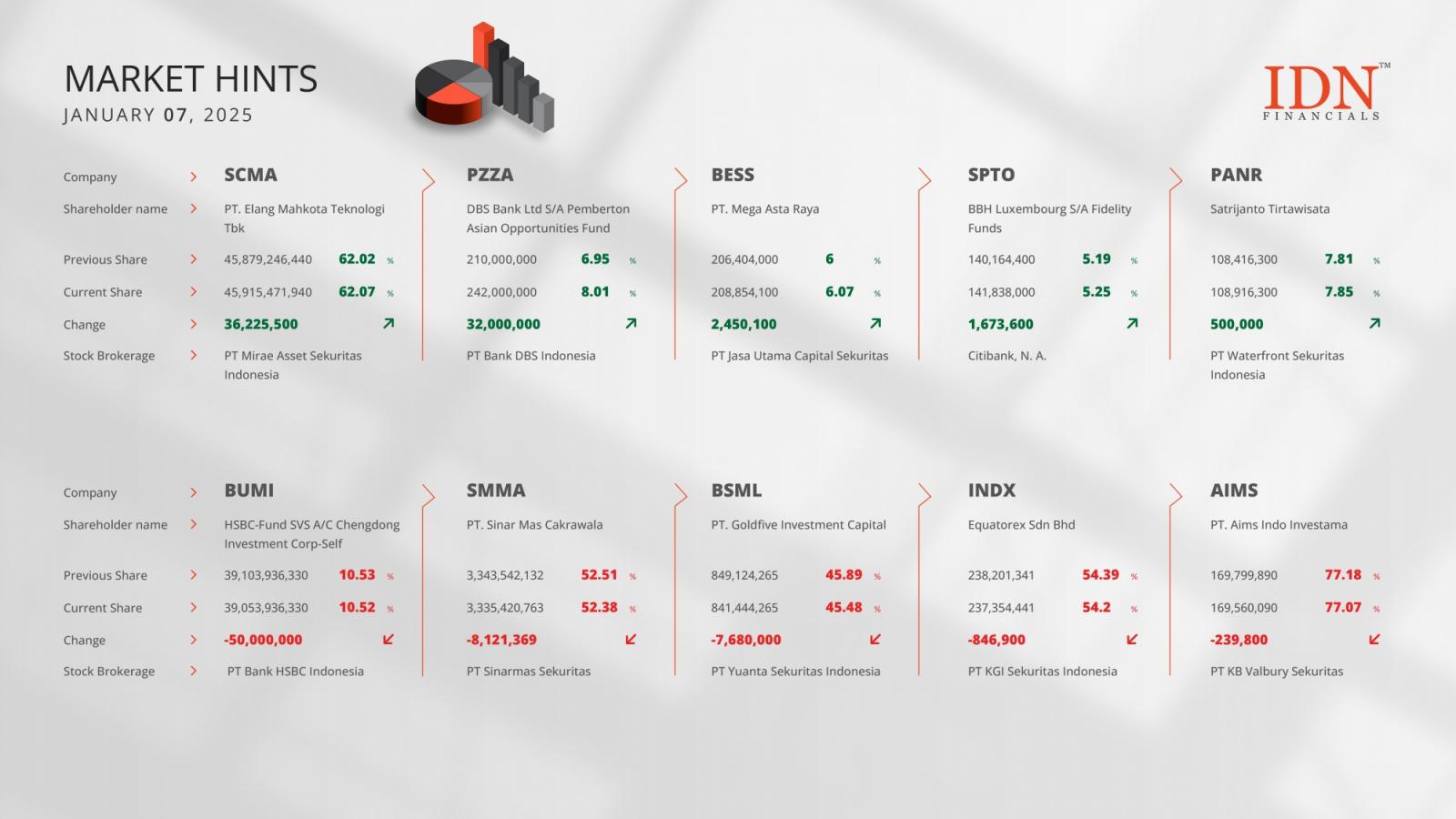 OlegAlbinsky/Getty Images
OlegAlbinsky/Getty Images
{ window.initModal(\'TocModal\', 0); })\">
Table of contents
Best 529 plans Best brokers for 529 plans Pros and cons of 529 plans 529 FAQs
Americans have amassed $450 billion for educational expenses in 529 plans as of August 2024, according to the Education Data Initiative. That amounts to around an average of $27,741 for the estimated 16 million families participating in 529 plans. With so much money on the table and college costs ever rising, families should carefully consider how to pick the best 529 plan for their needs.
Here’s how to take full advantage of 529 college savings plans — and it’s not just parents who can enjoy the tax benefits either.
Best 529 plans
These state plans offer college savers a solid combination of low costs, good benefits and a proven track record of investment performance. After all, these are three big things you should be looking for in any 529 plan.
Ohio’s 529 plan, CollegeAdvantageNew York’s 529 plan, Direct PlanWisconsin’s 529 plan, EdvestWest Virginia’s plan, Smart 529 WV Direct College Savings PlanCalifornia’s plan, ScholarShare 529
Ohio’s 529 plan, CollegeAdvantage
Ohio’s plan offers savers a diversity of investment plans — two based on age and five based on your risk tolerance, as well as other investment options, including FDIC-backed accounts. The plan uses Vanguard funds, a leader in low-cost funds, and DFA funds. The plan is available for both in-state and out-of-state savers, and it offers up $4,000 in state tax deductions per beneficiary for Ohio residents.
New York’s 529 plan, Direct Plan
New York’s plan is available to residents of any state, and it offers low-cost investment options using Vanguard funds, well known for keeping investment costs low. Residents of New York State can receive some hefty state tax deductions, up to $5,000 for single filers and $10,000 for joint filers, making the program an attractive offset for the state’s high taxes.
Wisconsin’s 529 plan, Edvest
Wisconsin’s Edvest program is available to residents of any state, and the 529 plan is another highly regarded investment option. The plan offers age-based options and allows you to take on a more aggressive portfolio where you could earn a higher return. Edvest uses funds from well-known asset managers TIAA-CREF and Vanguard, among others. Wisconsin residents can receive up to $5,000 (for 2024) in state tax deductions per beneficiary.
West Virginia’s plan, Smart 529 WV Direct College Savings Plan
West Virginia’s plan is open to residents of any state — though special tax incentives are available only to West Virginia residents — and its funds offer some of the lowest annual fees among 529 plans. The plan uses funds from Vanguard, a highly regarded low-cost leader, and Invesco, another well-known manager. West Virginia does not cap the tax deduction on filers, giving savers extra incentive to save as much as possible.
California’s plan, ScholarShare 529
California’s ScholarShare 529 is available to residents of any state, and it includes funds from TIAA-CREF, Vanguard, T. Rowe Price and others. The plan offers a wide variety of age-based funds and other portfolios, and provides many passive funds at low costs. However, contributions are not deductible on state income taxes for California residents.
Best brokers for 529 plans
If you want to manage your account through a traditional broker, you can open a plan through one of a few highly reputable online brokers. Here are the top brokers for 529 plans:
Charles Schwab
Charles Schwab’s 529 plan allows anyone in the U.S. to invest, and the plan charges no account service fee or enrollment fee, and it has no account minimum. Schwab’s plan is sponsored by the state of Kansas, so it may be the best fit for Kansans, and non-residents should consider whether their own state plan works better for their needs.
Fidelity Investments
Fidelity provides a variety of options, managing four state plans — Arizona, Connecticut, Delaware and Massachusetts — as well as The UNIQUE College Investing Plan run through New Hampshire. Again, while non-residents may participate in a plan, they may want to carefully consider the tax and other benefits of using their own state’s plan.
Merrill Edge
Merrill Edge runs its 529 plan through Maine’s state plan, making it particularly valuable for residents of that state, though U.S. residents can also participate. If you’d prefer, you can have a Merrill advisor make the choices for the account or direct the account yourself.
Pros and cons of 529 plans
While 529 plans do offer many advantages, they still require a trade-off from savers.
A 529 plan can offer tax-deferred growth on your contributions, a tax-free withdrawal of money and even tax deductions on your state taxes. And these funds can be used to pay for other closely related educational expenses such as room and board, software and computers.
“529s can also be used in estate planning for grandparents that want to fund their grandchildren’s education, as well as by those looking to create a long-term education family fund,” says Holt.
So a 529 plan offers a lot of flexibility to savers, especially those who can take full advantage. But in exchange for these benefits, you have to endure some drawbacks.
Less investing flexibility. Because the plans are standardized and administered by the state, you may not be able to invest in exactly what you want. So if you have investing expertise, you may find the investment options less than optimal.Limited state tax deductions. Not all states offer a tax deduction for contributions, and so you may simply not receive that benefit. In addition, you won’t receive a state tax deduction for a state where you don’t pay state income taxes, so you’ll need to factor that into your decision-making.Potential taxes and penalties. One of the biggest downsides is the taxes and penalties that accrue if you withdraw the money for non-qualified expenses, even accidentally.
“Individuals saving for college have many ways to save for their planned education expenses, but 529 plans are definitely the biggest component for education funding right now,” says Holt.
And combing through the wealth of options before applying can be daunting.
“The process of finding and then applying for a 529 plan can take many hours,” says Peter Mansfield, former chief marketing officer of UNest, a mobile app that allows users to set up 529 plans. “It can be intimidating and confusing. Each state’s plan has its differences, and many parents are unaware that they can select almost any state’s plan, not just the one in their own state.”
“Assuming that a parent can navigate through the options and make a sound choice, they are then confronted with up to 20 pages of forms to complete,” says Mansfield. “The net result is that the majority of parents give up and pick a less-advantageous savings approach.”
529 FAQS
A 529 plan is an education savings plan that allows you to save for qualified education expenses. While the 529 plan was developed to allow families to save for college, its mandate has since been expanded to include K-12 tuition at private schools, as part of the changes from the 2017 Tax Cuts and Jobs Act. The 2019 SECURE Act expanded the focus even further, allowing up to $10,000 to be used to pay off the beneficiary’s student loans and an additional $10,000 for the student loans of each of the beneficiary’s siblings.
A 529 plan allows contributions to grow tax-deferred, and any money may be withdrawn tax-free if used for qualified education expenses at eligible institutions. Plus, many states allow tax deductions or credits for contributions against your state’s taxable income, offering another incentive to contribute.
A 529 plan also allows you to invest in a range of options, including potentially high-return investments such as stocks and stock funds as well as safer, lower-return funds and moderate-return investments. Plus, anyone can establish and contribute to a plan, meaning relatives and even friends can add to the pot and help your child’s education.
And the SECURE Act 2.0 made it even easier to access unused money in a 529 plan. If the account has been open for at least 15 years, the money can be rolled into a Roth IRA for the beneficiary, up to $35,000 in a lifetime. This provision took effect in 2024.
All these features make the 529 plan one of the best college savings plans.
A 529 plan comes in two broad varieties — a prepaid tuition plan and an education savings plan:
A prepaid tuition program allows you to purchase college credits at today’s prices for future use. You can purchase credits only at participating colleges and universities for the plan’s beneficiary. These plans usually can’t be used to pay for future room and board costs, and will not allow you to pay for primary and secondary school education. Prepaid tuition plans are typically good only at the specific institution and are not transferable.An education savings plan allows a saver to open an investment account for the benefit of a future student. These plans can pay for tuition, as well as room and board, and some other qualified expenses, too. Withdrawals may generally be used at any U.S. college or university as well as some non-U.S. institutions. This plan can also be used to pay for K-12 educational tuition costs at private schools and up to $10,000 in student loan debt for the beneficiary and siblings.
The flexibility of the education savings plan makes it an especially popular option for families.
You can open a 529 plan directly through a specific state’s plan or through a broker. You can choose from multiple 529 plans, though you may lose some state tax deductions if you opt for an out-of-state plan and don’t have any income to offset in that state.
If you invest directly with the state plan, you’ll have to register, research the available investments and generally track the 529 plan over its lifetime — typically all online. In short, you’re responsible for managing and overseeing basically all facets of the plan. If you use your own state’s plan, you’ll receive any immediate tax benefits, if your state offers any.
If you open an account through a broker, you may be able to benefit in a couple ways. First, a broker can help you sift through multiple 529 plans and find the best option for your needs. Second, you may be able to take advantage of the advice of an investment professional, who can help guide you on how to best invest in the plan and review it over time.
Either way, it’s better to start earlier than later, since it will allow your money more time to grow and compound.
You actually have several options, including holding on to the plan indefinitely.
Ultimately, if the money is never used, you’d have to withdraw the money and pay taxes on the earnings, as well as an additional 10 percent penalty. While that doesn’t sound ideal, the plan is actually surprisingly flexible and gives you many ways to avoid this outcome.
“In general, you can continue holding the assets in a 529 plan indefinitely as long as there is a living beneficiary listed,” says Jordan Sowhangar, certified financial planner and wealth advisor at Girard.
And that means account owners have a long time and many options on how to act.
“The original beneficiary could change their mind and go back to school, or could have children of their own that could then be named as the beneficiary,” says Sowhangar. “The account owner is usually able to change the beneficiary of the 529 plan without penalty or tax as long as they are a qualified family member.”The IRS provides rules for who is considered a qualified family member, and each state’s plan will explain how frequently you can change the plan’s beneficiary. So you’ll need to check carefully so that you stay within the plan’s rules.
So at a minimum you can defer the penalty and taxes for a long time, if the original beneficiary has no qualified expenses. And that provides more time to find a potential new beneficiary who can take advantage of the account.
In addition, new changes as part of 2022’s SECURE Act 2.0 allow money in a 529 plan to be rolled over to a Roth IRA in the name of the 529’s beneficiary as long as the account has been open at least 15 years and with a lifetime cap of $35,000. The provision went into effect in 2024.
A 529 plan can have only one beneficiary at a time, but you can change the beneficiary multiple times to a number of qualified individuals. So you can use the same plan for different children, but it will require planning ahead to avoid running afoul of the plan’s rules and restrictions.
“If your children are more than four years apart, you may be able to utilize one 529 plan for both by changing the beneficiary on the plan once the first child graduates or has no further qualified education expenses,” says Sowhangar.But if you go this route, you’ll need to structure your investments carefully so that each child obtains the maximum benefit from the plan. For example, an older child will have less time than a younger child to enjoy the benefits of compound growth. It may make more sense to invest in something more conservative as the older child needs the funds, while the assets for the younger child can remain in more aggressive, growth-oriented investments.
The increased complexity of this approach means that it’s usually better to open a 529 plan for each child and then tailor the investments to the needs of each.
“In addition to being able to better control investment suitability, it also allows for better record keeping for each beneficiary, as well as potential state-tax deduction benefits for more than one plan, depending on the state you live in,” says Sowhangar.
Sowhangar also notes that separate plans could make it easier to track contributions and stay compliant with tax regulations on gift tax exclusions.
That depends on the type of plan and how the money is invested.In a prepaid tuition plan, you’re buying college credits for future use. But these plans are not guaranteed by the federal government, and only some state governments guarantee them. So if the plan’s sponsor has a financial shortfall and it’s not backed by a government sponsor, you may lose some or all of your money. While this scenario is not likely, it is possible.
In an education savings plan, you’re exposed to potential loss if your account is invested in certain types of assets such as stocks and bonds or funds based on these assets. These investments are not protected by federal or state governments. However, certain types of investments in bank products may be guaranteed by the Federal Deposit Insurance Corp. (FDIC), meaning savers run no risk on their principal.
But it can be beneficial to take some risk if you have a long time until the money is needed.
“For instance, if the beneficiary has 10+ years until they need to use the funds, you can generally afford to take on more risk in the portfolio as it will have more time to recoup any potential losses incurred during a down market,” says Sowhangar.
“Once the beneficiary is closer to needing those funds, however, it is wise to move the investments to something more conservative. Depending on the plan, there may be low-risk options like a money market mutual fund that is designed to preserve your money,” she says.
If you have money remaining in a 529 account after it’s been used, the account owner won’t have to forfeit that money. Any remaining funds can be withdrawn, though you will owe taxes and penalties on any earnings from the contributions in the account. Or it can be rolled over into a Roth IRA for the beneficiary, as mentioned above.
Tax advantages are one of the biggest benefits of 529 plans, and savers can benefit in several ways.
“In the last several years, a 529 plan has become an attractive vehicle due to its tax advantages,” says H. Adam Holt, CFP and CEO of Asset-Map, a company that helps savers track their financial plan. “529 plans are inspiring people to actually save, especially for education and college expenses. The 529 plan tax advantages are a good incentive.”
First, a 529 plan allows you to grow your contributions on a tax-deferred basis, so you won’t pay any taxes on your earnings each year, as long as you hold the money in the account.
Second, when you take out money for qualified educational expenses, you won’t have to pay any taxes on the money you withdraw. So you save taxes on your capital gains.
Next, some states offer you a tax deduction for contributions that you make to a 529 plan. So you’ll be able to write off a portion of your taxes for doing something smart anyway.
“Utilizing a program that gives you a tax incentive is probably the single most appealing aspect of a 529 plan,” says Holt.
Beneficiaries of a 529 plan can now use the plans for things other than just college expenses.
While 529 plans were originally created to help pay for college expenses, the plans can now be used for tuition expenses at private schools for grades K-12. Recent tax changes permitted 529 plans to be used for these primary and secondary schools.
However, there’s a key difference between how the money can be used at these institutions.
For college, qualified expenses include tuition, fees and textbooks at an eligible institution. In addition, these expenses may also include room and board costs, as well as other expenses such as computers used primarily for educational purposes.
In contrast, for K-12 private school expenses, only the cost of tuition can be paid from a 529 plan without penalty. Up to $10,000 a year can be used here.
And thanks to 2019’s SECURE Act, 529 plans can also be used toward up to $10,000 of the beneficiary’s student loan debt as well as an additional $10,000 for the student loans of each of the beneficiary’s siblings.
That law also permits 529 plans to be used for qualified apprenticeship expenses.
Bottom line
A 529 college savings plan offers one of the best vehicles to save for a child’s educational costs, both for primary school and college. While many families are still leaving billions on the table, it’s easy to set up a 529 plan and take maximum advantage of all it offers.





